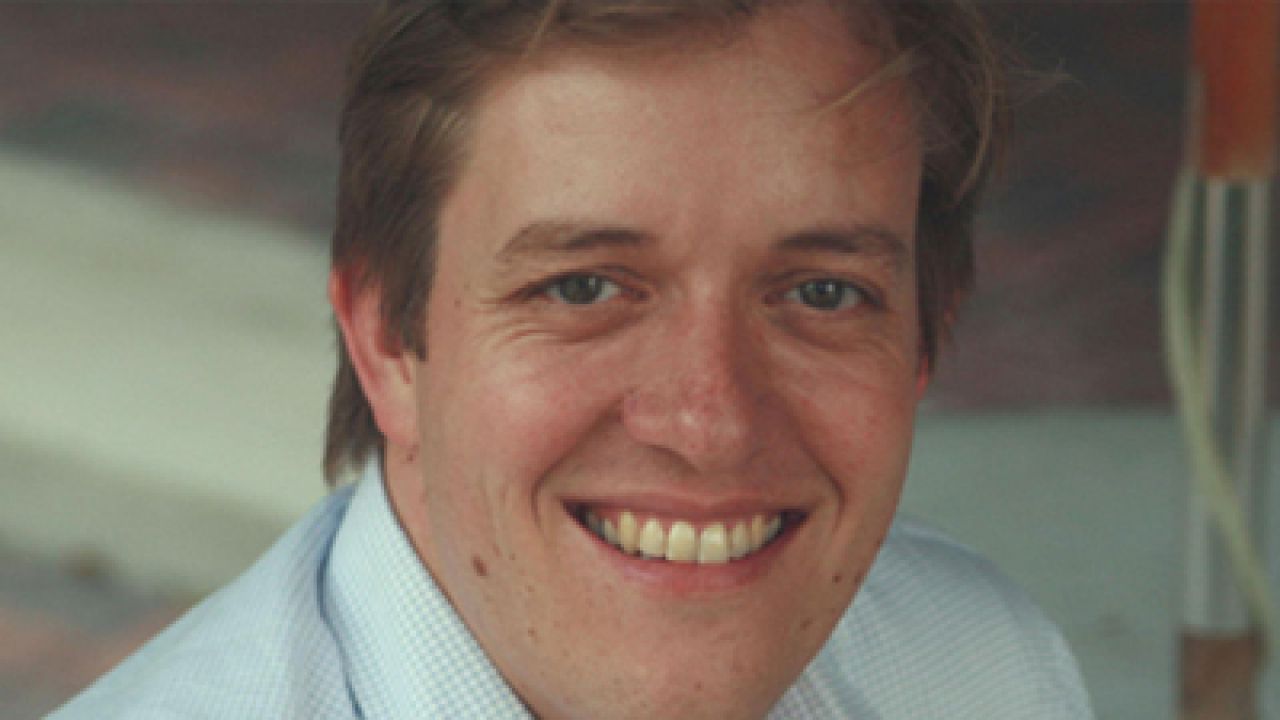February 08, 2017
Placing health communications under the microscope

By Sarah Vlazny, Page Center intern
With the help of Page Center funding, Marcus Messner’s ongoing research could change the way health organizations communicate with their publics and make the world a healthier place.
Messner, a Page Center legacy scholar and journalism professor at Virginia Commonwealth University, has focused much of his research on methods and trends in communication for non-profit organizations. One such study, “Considering ethics in visual storytelling”, focused on non-profit organizations on Instagram, particularly leading health-related nonprofits. Along with Jeanine Guidry, a doctoral student, Messner ran a broader study of U.S. health organizations and held in-depth interviews with lead communicators at these organizations.
The study found Instagram outreach in leading health organizations in its very early stages; few organizations had ethical guidelines in place or a developed strategy. However, organizations were realizing Instagram’s potential and starting to develop strategies to improve outreach. Privacy and HIPAA laws compliance were core ethics issues organizations often faced. Posting pain and suffering was controversial, as was the appearance of exploiting people or health issues for support.
Messner found that social media policies do not necessarily address specific platforms, but instead address general issues, such as how to engage ethically and professionally. Organizations realize that engagement on newer platforms like Instagram and Snapchat varies greatly from engagement on traditional platforms like Facebook and Twitter, which are typically the most used.
Instagram and Snapchat are visual, which requires completely different content and strategizing than traditional platforms such as Facebook and Twitter. The visual nature of Instagram and Snapchat lends itself to additional privacy concerns. Messner found that these concerns may explain why health organizations in particular are hesitant to engage with their publics on social media. It may also explain why health organizations shy away from two-way communication in favor of using social media as a broadcast channel.
Messner said that though developing two-way communication requires more sophistication in the social media strategy, health professionals should recognize that the communication will happen without them if they choose not to participate.
“There’s still quite a learning curve for health communicators with social media,” said Messner. “But I fully expect that they see the need to engage on these platforms in the long run.”
Since completing the Page-funded project, Messner has studied social media communications surrounding health crises such as the Zika crisis and the Ebola crisis. His preliminary findings have suggested that there is a lot of communication surrounding these health crises, but that health organizations are not fully engaging with the information, nor are they addressing the false information they see on social media. Instead, organizations are using social media as a broadcast channel rather than reacting to ongoing social media discussions within their publics.
Messner is hopeful that health organizations will use social media to monitor disease outbreaks, as well as correct misinformation regarding health crises. He cites the reaction in the United States to the Ebola crisis in West Africa as an example. The panic on social media in the United States suggested that Ebola was a national crisis, yet the United States only had a handful of cases.
“There has to be more engagement,” Messner said. “If organizations want to reach publics, they’re not going to do it by printing paper newsletters. They have to engage with the new forms of communication.”
His research has shown that visual communication is extremely effective across a variety of platforms, including those organizations may not think to utilize. For example, when people think of Pinterest, they typically think about sharing cooking recipes or planning a wedding, but he says Pinterest has valuable potential as a tool for health organizations to reach their target audience.
Messner cited the fact that Pinterest is widely used by women, who are still the household’s primary decision-makers on health issues, nutrition issues and vaccination issues. The anti-vaccination movement had a very strong presence on Pinterest -- a presence that related health organizations did not address.
Messner is working to share important findings by publishing in academic journals and presenting directly to communicators at health organizations.
Because health crises do not happen in one particular region or country, he has begun to look at health issue communications on a global scale. The eventual goal of his research team is to look at social media engagement in leading governments.
Messner is one of many legacy scholars funded by the Page Center. Over the past 12 years, the Center has funded more than 200 scholars and awarded more than $700,000 in research funding. This year, the Page Center is accepting grant proposals on digital media and new technology. The deadline for proposals is March 15.
